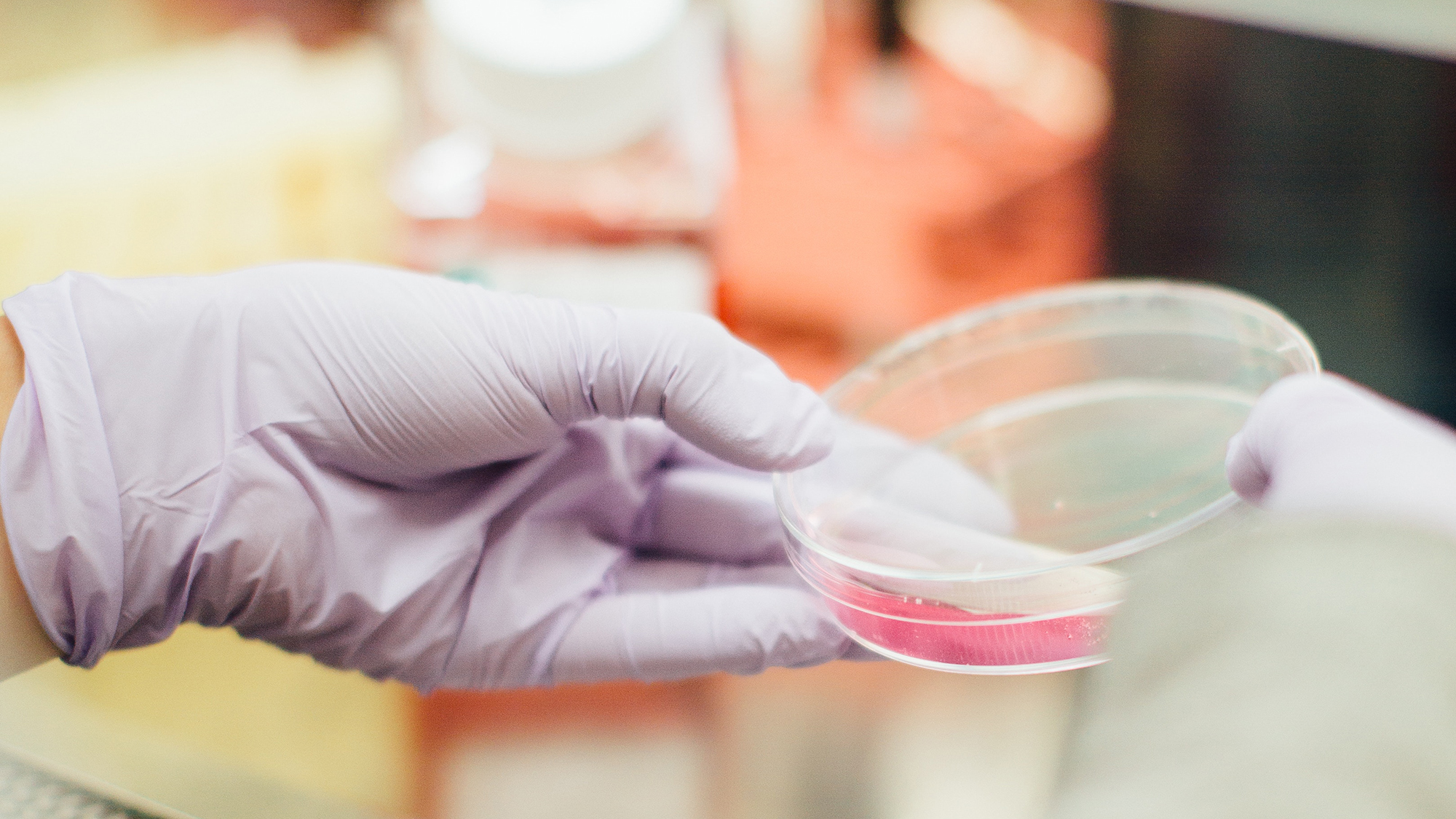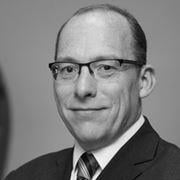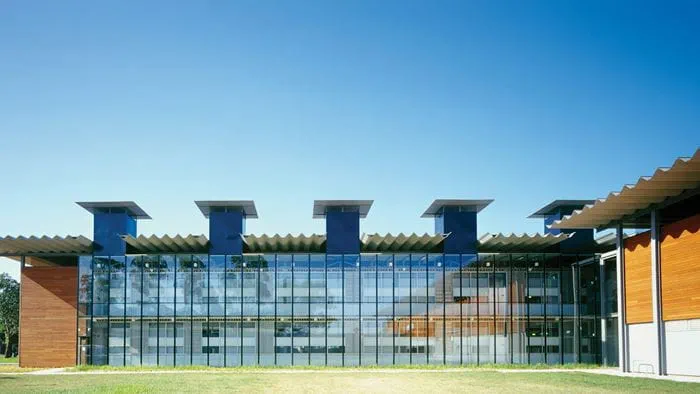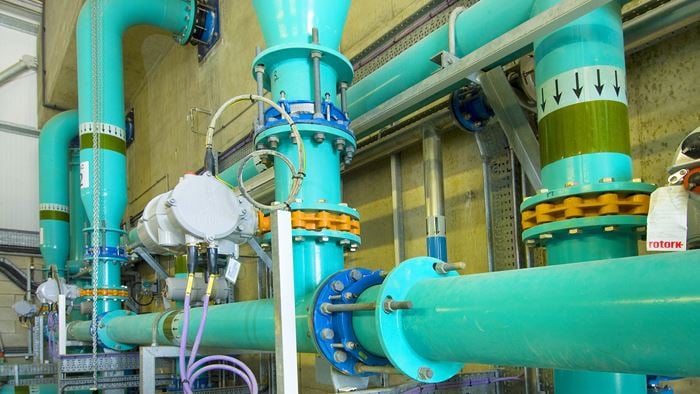Research facilities are frequently characterised through spatial arrangements that mimic organisational structures, often leading to the creation and reinforcement of a silo approach. These facilities are often a collection of bespoke and inflexible spaces that result in poor utilisation of valuable space and equipment. This can compromise communication and collaboration, the very things that enable the most successful research.
Arup worked closely with the architect, Gensler, to design an environment for scientists to flourish. The SmartLab concept delivers a creative solution to spatial design. We explored and considered more effective workflows, laboratory services and equipment management systems underpinned by the most sustainable solutions.
Fully flexible
The central aim is to create multi-functional spaces to enhance communication amongst the scientists, whist achieving excellence in 21st Century sciences. Our designs incorporate flexibility to adapt and respond to future organisational changes
The design of the services infrastructure also enables maximum flexibility for the user. Each laboratory module is served by a grid of services at ceiling level that can be rapidly and easily reconfigured, accommodating new equipment layouts with minimal downtime and re-commissioning.
Ventilation systems are configured to accommodate both biomedical and chemistry research or a combination of both. Specialist tissue culture suites have been designed to stringent regulations, maximising space whilst providing carefully controlled environmental conditions.
Sustainable innovation
Reducing energy consumption was also a key driver. The laboratories include a range of energy saving technologies designed with the control systems. These have been designed to enable the scientists to have complete control on the location of the equipment, thus allowing flexibility and freedom to choose work layouts. A comprehensive metering system records real-time energy data and this consumption is also displayed within the laboratories.
The pilot has been in operation since October 2014.
 ;
;






